Automation gaining ground in garment
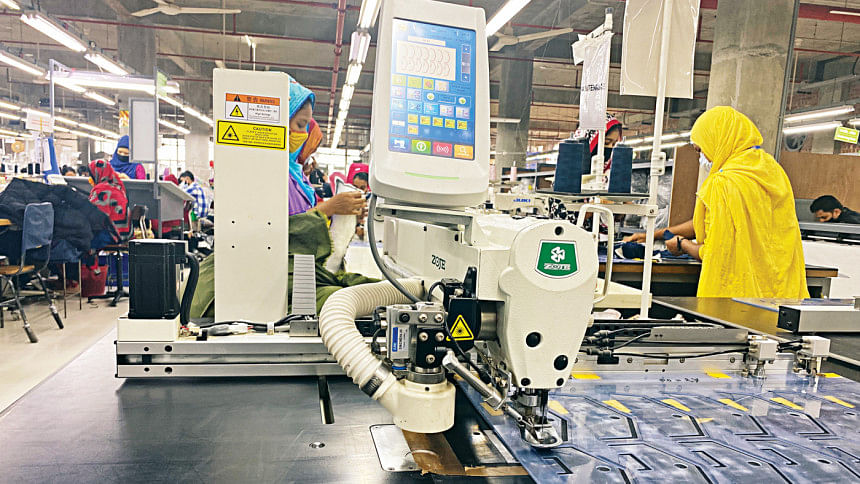
Automation has been substantially coming about in garment factories, with modern machinery being used to make high-end garments and increase productivity in attempts to become more competitive globally.
Almost all the regulation-compliant garment factories, especially the 157 with Leadership in Energy and Environmental Design (LEED) certification, have already automated major sections of the factories, producing sophisticated apparel items, mainly outerwear, using robotics.
In the fiercely competitive garment business supply chains, lead time is very important as almost all apparel-producing countries are competing with the same kinds of items and making strategic price offers.
So quick deliveries through the maintenance of quality is a very important factor for retaining competitiveness in the business.
It is not possible to remain competitive maintaining the manual process of garment production using a huge number of workers. As a result, automation has turned key in this competitive business.
Abdullah Hil Rakib, managing director of Team Group, which has a LEED certified garment factory, said he currently uses a semi-automated production line to bring more efficiency in productivity and time management and become competitive.
In his factory, he has had to automate some important sections to enable greater efficiency.
For instance, he said one of his machines can make six pockets at a time, which otherwise, if all the other factors were to remain constant, would have taken six workers.
So the number of workers here has been reduced but efficiency and quality has been maintained, he said.
This is a small example of how the local garment manufacturers have been automating their production.
Like Rakib, many garment manufacturers have been automating their units to be more competitive in the fiercely competitive global garment business.
Rakib said the need to produce intricate, high-end value added garment items, including outerwear, has prompted a rise in the use of automation in the garment sector in Bangladesh.
Previously a lot of workers used to produce the most basic of garment items but that was at the bottom tier in terms of efficiency and profitability, he also.
But now automation has been bringing efficiency and use of a "Standard Allowed Per Minute" (SAPM) measure is also increasing as the wastage of time is not taking place because of real time data analytics in the management system in the factory, he added.
Over the next 10 years, automation in the garment industry will reach new heights as the local apparel exporters have to adopt new technologies to be more competitive.
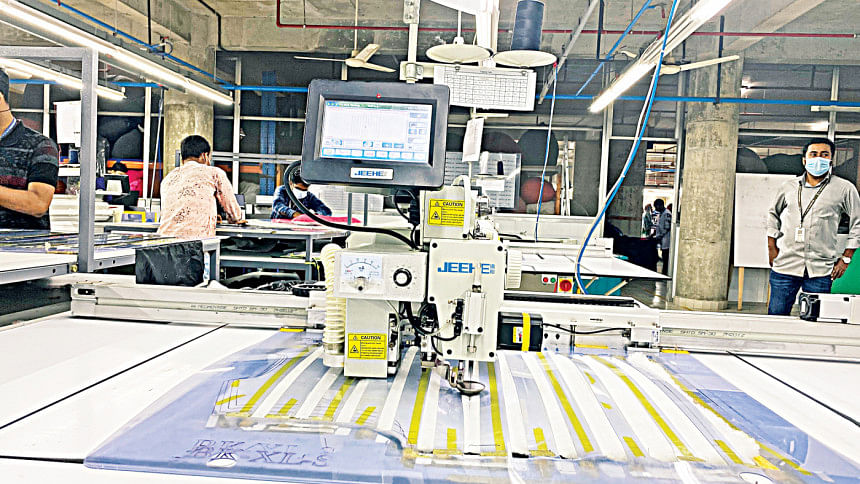
"The automation in production gives the real data, accuracy, efficiency in management. So we can take a good decision in management of the business," said Rakib, who has automated sections for cutting, sewing and measuring fabrics.
He is now saving up 10 per cent to 15 per cent on costs through the installation of the modern machinery in his factory.
In a normal factory, if a production line requires 700 workers, installation of modern machinery for the same work leads to the need for 600 workers, he said.
"Installation of modern machinery is not a requirement of international retailers and brands but this is needed for survival in the business," Rakib said.
Automation of the production line does not mean that the employment of workers will reduce as the industry has a crisis of skilled workers, he added.
MA Jabbar, managing director of DBL Group, another major textile and garment manufacturer, said automation or use of modern machinery was important for maintaining the quality and for improving efficiency.
"I have already installed many machines in the textile mills of the group. I have to adopt the new technologies for sustainability of my business," Jabbar told The Daily Star over the phone.
Since the industry is growing and the inflow of work orders for the sophisticated garment items is also increasing, the local manufacturers will have to adopt the technologies as the future of Bangladeshi garment business is in value added items, he added.
The local textile mills had transformed their production systems a lot earlier installing modern machineries and now the garment factories are adopting the latest technologies to be more competitive, said another leading garment exporter asking not to be named.
"Special products require special machinery," he said.
Although the local factories have been adopting new technologies, the need for workers will not reduce as the production of value added garment items need more skilled workers, he added.
Miran Ali, managing director of Bitopi Group, a leading user of programmable machines in the garment industry, said the sweater industry has almost become fully automated.
Woven and knitwear sectors are quickly adopting automation, he said.
However, bringing about end-to-end automation is not possible, he said, adding that there was a possibility of unemployment rising for automation in the garment sector.
Shahidullah Azim, vice-president of the Bangladesh Garment Manufacturers and Exporters Association (BGMEA), said nearly 80 per cent of apparel factories have been using modern machineries for improving productivity and efficiency.
But in terms of the use of robotics, artificial intelligence and algorithm, it is between 5 per cent and 10 per cent.
Bringing about automation throughout the sector is not possible now, he said.
BGMEA President Faruque Hassan said automation was coming about in phases and full automation would take more time.

 For all latest news, follow The Daily Star's Google News channel.
For all latest news, follow The Daily Star's Google News channel. 

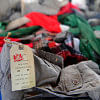
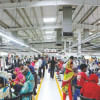


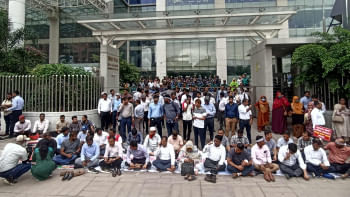
Comments